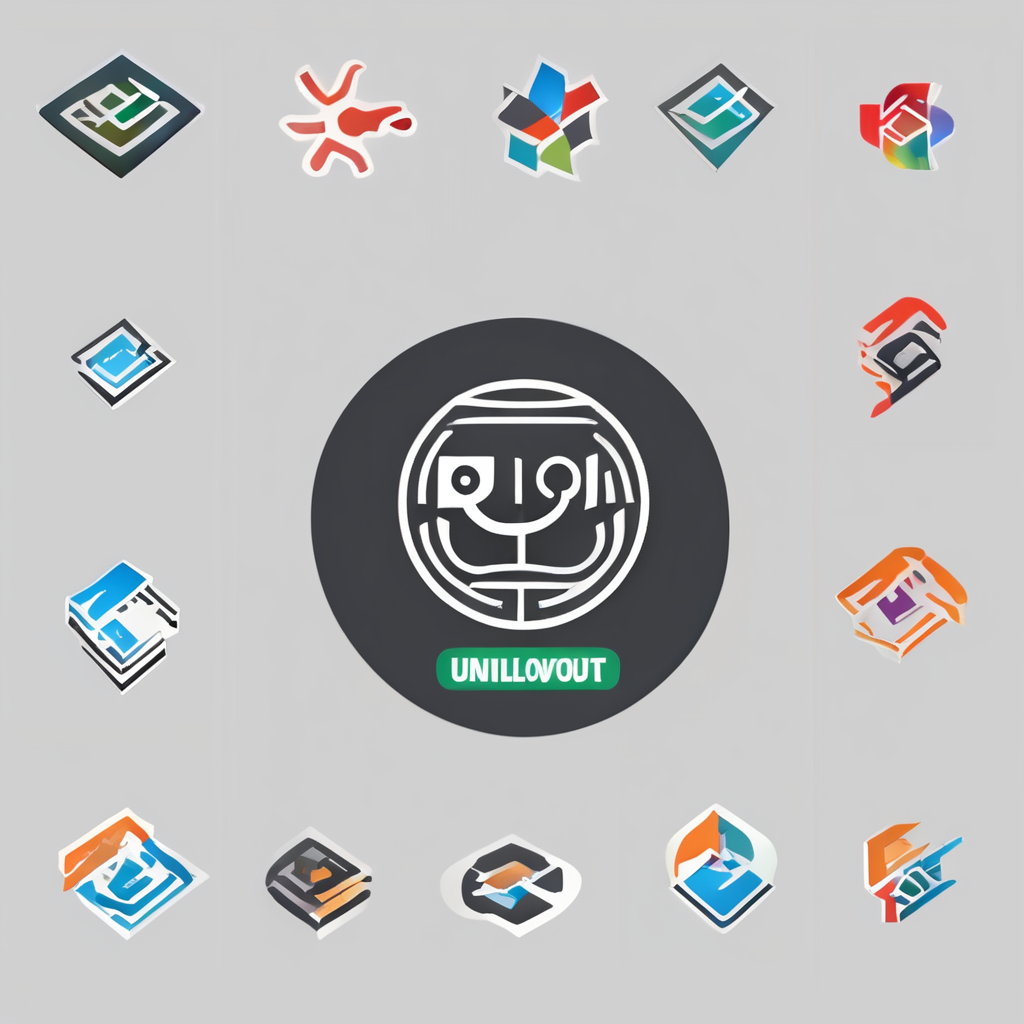Transforming Runner Training in the UK: How AI Unlocks New Potential
In the ever-evolving landscape of sports and fitness, the integration of artificial intelligence (AI) is revolutionizing the way athletes train, perform, and recover. For runners in the UK, this technological advancement is not just a trend but a game-changer, offering unprecedented insights and personalized training programs. Here’s how AI is transforming runner training and what the future holds for this innovative field.
The Role of AI in Runner Training
AI has been making significant strides in various sectors, and its application in sports, particularly in runner training, is one of the most exciting developments.
Also to read : Mastering the Ultimate Sponsorship Proposal: Key Components for UK Minor League Football Clubs
Digital Twin Technology: A New Era in Training
One of the most innovative uses of AI in runner training is the implementation of digital twin technology. As seen in the collaboration between TCS and the TCS London Marathon, digital twins are being used to create virtual replicas of athletes’ bodies, allowing for real-time monitoring and simulation of various training scenarios[1][2].
For instance, Des Linden, a Boston Marathon champion and two-time Olympic marathoner, has been using a digital twin of her heart to monitor her health and performance. This technology involves combining MRI data with historical and speculative data sets to model the functioning heart in a virtual environment. This allows for:
This might interest you : Enhancing Off-Season Training: Cutting-Edge Techniques for British Sports Teams
- Real-time Monitoring: Tracking metrics such as heart rate, blood flow, and oxygen levels.
- Simulations: Testing different training scenarios to prepare for peak performance.
- Personalized Healthcare Insights: Providing data on the impact of various variables like sleep levels, road conditions, and temperature on performance.
This level of detail and real-time feedback is transformative, enabling athletes to make informed decisions about their training regimens and recovery strategies.
Real-Time Biometric Data and Smart Wearables
Another crucial aspect of AI in runner training is the use of real-time biometric data through smart wearables. These devices are designed to provide athletes with immediate feedback on their physiological state, helping them optimize their performance and prevent injuries.
Wearable Patches and Smart Socks
For example, researchers at Imperial College London are developing wearable patches that analyze sweat to provide real-time glucose and hydration levels. This data can be sent to an app, allowing athletes to adjust their fuelling routine minute-by-minute[2].
Additionally, AI-powered smart socks, as envisioned by Dr. Benno Nigg, can measure muscle activity and alert runners if they are approaching the anaerobic threshold, thereby reducing the risk of injury. These smart socks provide updates via headphones, ensuring runners stay within safe performance limits[2].
AI-Driven Personalized Training Programs
AI is not just about monitoring data; it is also about creating customized training programs tailored to each athlete’s specific needs.
Machine Learning and Data Analysis
AI uses machine learning programs to analyze vast amounts of data, including training videos, performance metrics, and historical data. This analysis helps in identifying patterns and trends that might be missed by human coaches, enabling the creation of highly personalized training plans[3].
For instance, AI can design workout plans that adjust in real-time based on an athlete’s progress, ensuring that the training remains challenging yet safe. This approach has been adopted by various sports organizations, including the NFL, MLB, and NBA, to enhance player performance and reduce injuries[3].
The UK Government’s Role in AI Adoption
The UK government has recognized the potential of AI in transforming various sectors, including sports, and has launched several initiatives to support its growth.
AI Opportunities Action Plan
The UK’s AI Opportunities Action Plan outlines 50 steps to further develop the AI market, skills, and uses. This plan includes measures such as increasing public computing capacity twentyfold, establishing AI Growth Zones, and creating a National Data Library to safely and securely unlock the value of public data[4][5].
- Infrastructure Development: The plan focuses on building high-performance computing infrastructure, including supercomputers and data centres, which will support advanced AI research and attract companies requiring high-performance computing.
- AI Growth Zones: These zones, starting with Culham in Oxfordshire, will streamline infrastructure projects and create a sandbox for innovation, fostering collaboration between startups, researchers, and multinational corporations.
- AI Skills and Training: The government aims to assess the AI skills gap, boost AI training in schools and colleges, and ensure workers can develop AI knowledge through the Lifetime Skills Guarantee programme.
Practical Insights and Actionable Advice for Runners
While AI is revolutionizing runner training, here are some practical insights and actionable advice for athletes looking to leverage this technology:
Embrace Data-Driven Training
- Use Wearable Devices: Invest in smart wearables that provide real-time biometric data to optimize your training and recovery.
- Analyze Your Data: Use AI-powered tools to analyze your training data and identify areas for improvement.
- Personalize Your Training: Work with coaches or use AI-driven platforms to create personalized training programs that adjust based on your progress.
Stay Updated with the Latest Technology
- Follow Research and Development: Keep an eye on the latest advancements in AI and sports technology to stay ahead of the curve.
- Join Communities and Forums: Engage with other athletes and experts to share experiences and learn from each other.
Balance Technology with Human Insight
- Combine AI with Human Coaching: While AI provides valuable data, it is crucial to balance this with the intuition and experience of human coaches.
- Focus on Mental Health: AI can also help in monitoring mental health by analyzing data on stress levels and recovery, ensuring a holistic approach to training.
Table: Comparing Traditional and AI-Driven Training Methods
| Aspect | Traditional Training | AI-Driven Training |
|---|---|---|
| Data Collection | Manual logging, occasional medical checks | Real-time biometric data through wearables and digital twins |
| Training Plans | Generalized plans based on experience | Personalized plans using machine learning and data analysis |
| Feedback | Periodic feedback from coaches | Real-time feedback and adjustments |
| Injury Prevention | Reactive approach based on symptoms | Proactive approach using predictive analytics |
| Performance Optimization | Trial and error, limited data analysis | Data-driven insights for peak performance |
| Recovery | Standard recovery protocols | Customized recovery plans based on individual data |
Quotes from Experts
- “AI is changing the sports world in several ways. It’s making training more competitive and effective. It’s also helping to study and predict how athletes will perform,” – Debut Infotech[3].
- “The true potential of AI lies not just in what it can do for businesses but in how it can improve the lives of everyday people,” – Bernard Marr[5].
The Future of AI in Runner Training
As AI continues to evolve, its impact on runner training will only grow more significant. Here are some trends to watch out for:
Increased Adoption in Public Services
AI will not only transform private sector sports but also public services. The UK government’s plan to deploy AI in healthcare, education, and infrastructure will have a ripple effect, improving overall public health and fitness initiatives[5].
Long-Term Growth and Productivity
The long-term vision for AI in the UK includes significant productivity growth and job creation. As AI becomes more integrated into sports training, it will contribute to the broader economic and societal benefits envisioned by the government’s AI Opportunities Action Plan[4][5].
Doctoral Training and Research
The emphasis on doctoral training and research in AI will drive innovation, ensuring that the UK remains at the forefront of AI development. This will lead to continuous advancements in sports technology, benefiting athletes and the broader sports community[4].
In conclusion, AI is not just a tool for runner training; it is a transformative force that is redefining the boundaries of athletic performance and health. As the UK government and private sector continue to invest in AI infrastructure, skills, and research, the future of runner training looks brighter than ever. With the right balance of technology and human insight, athletes can unlock new potential, achieve better results, and enjoy a healthier, more effective training experience.


